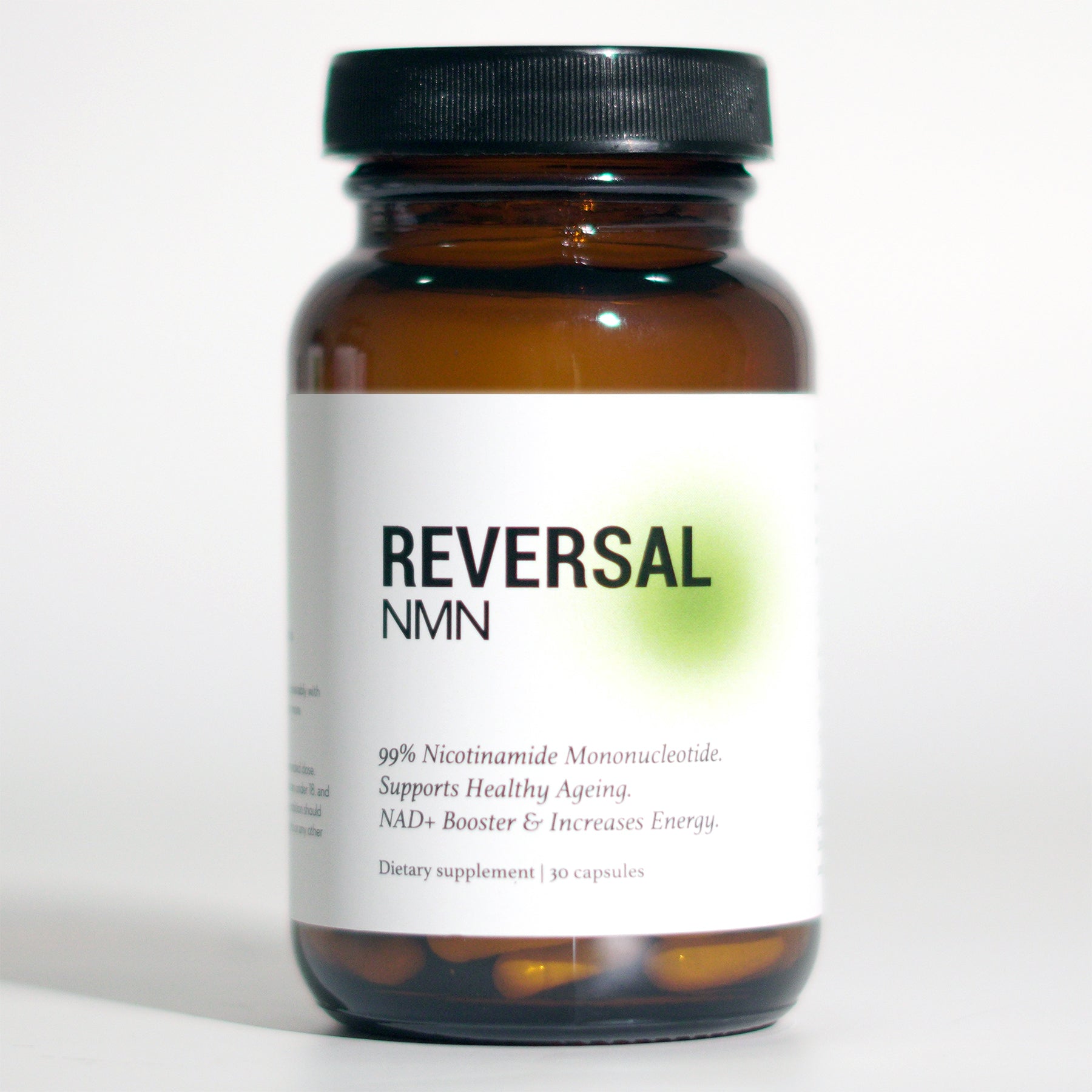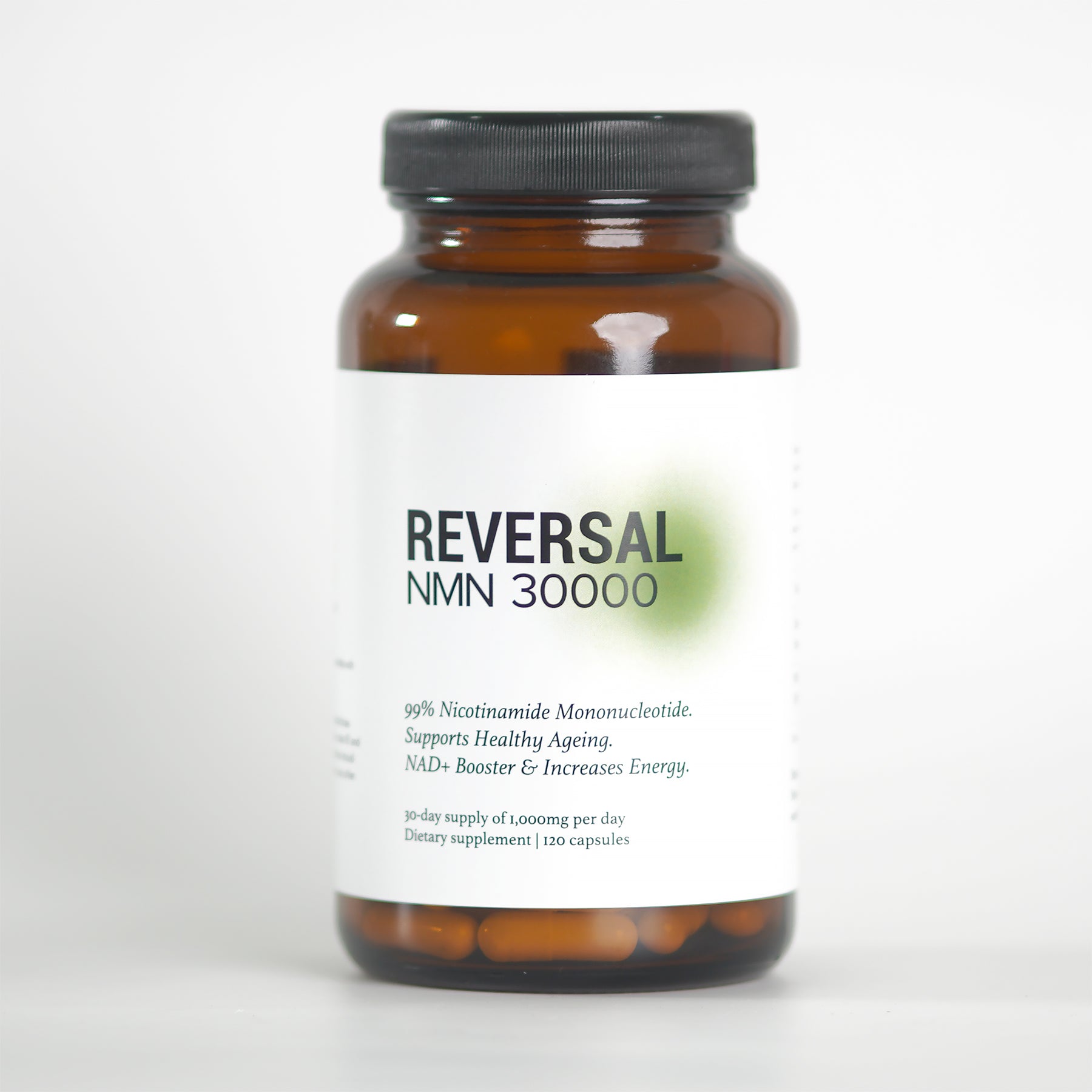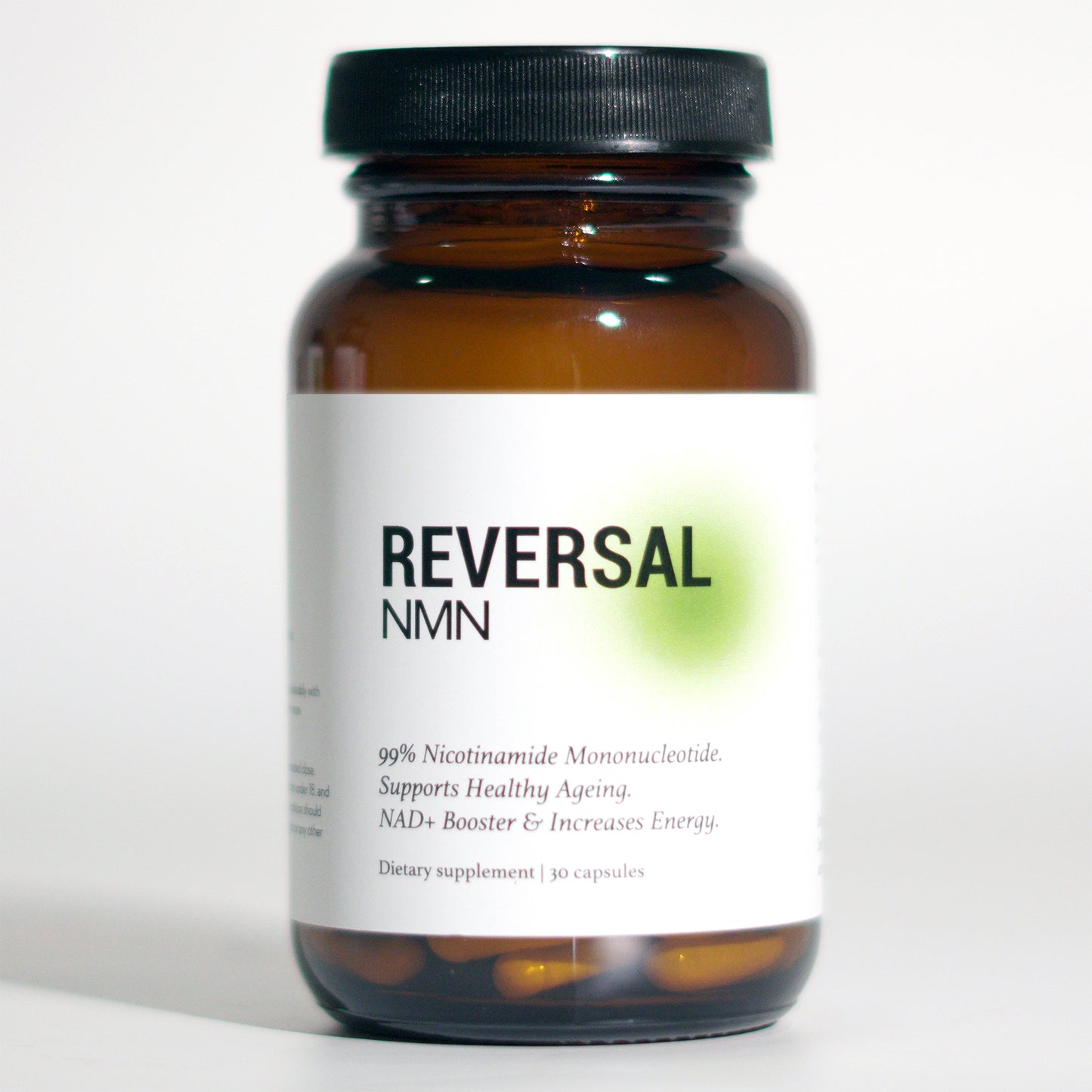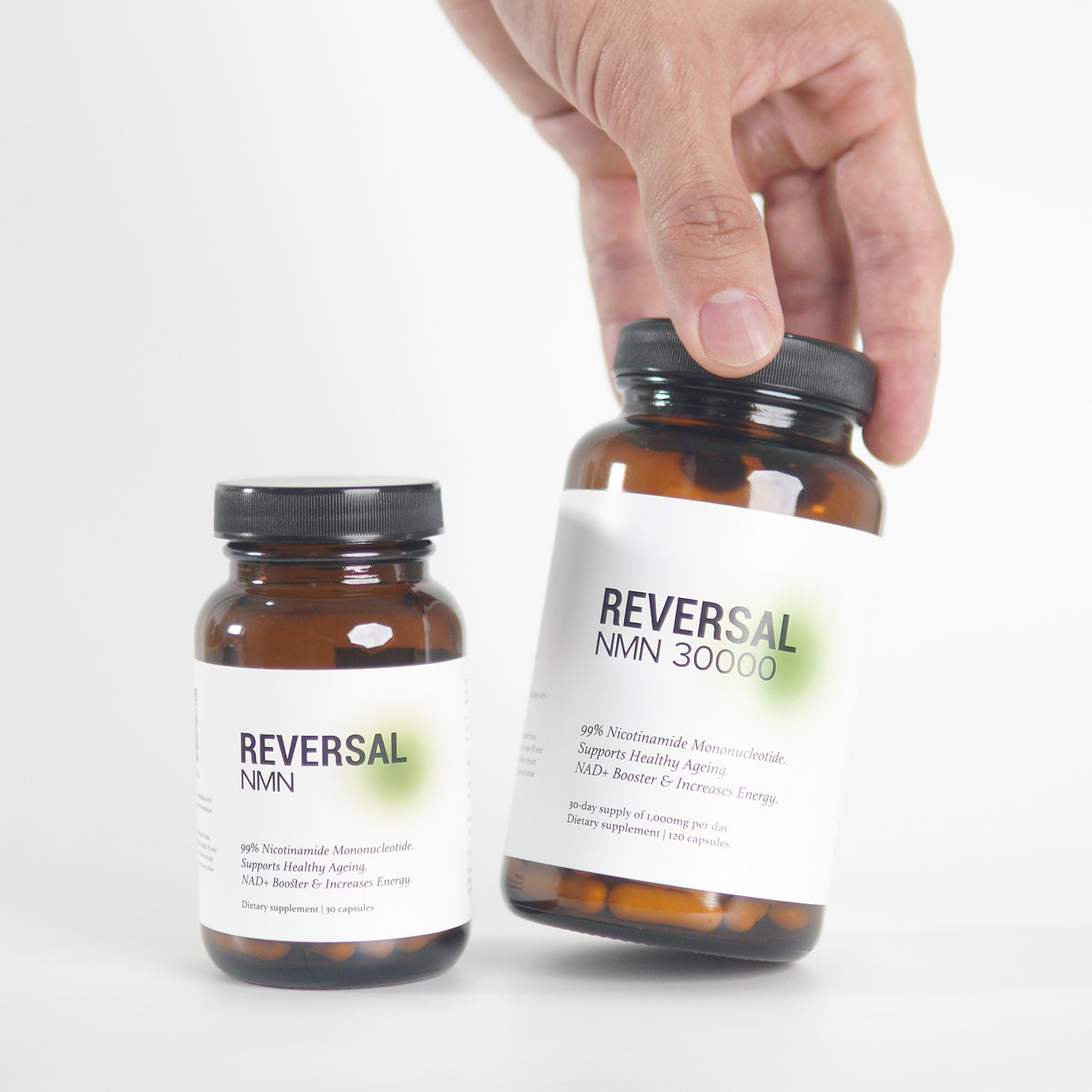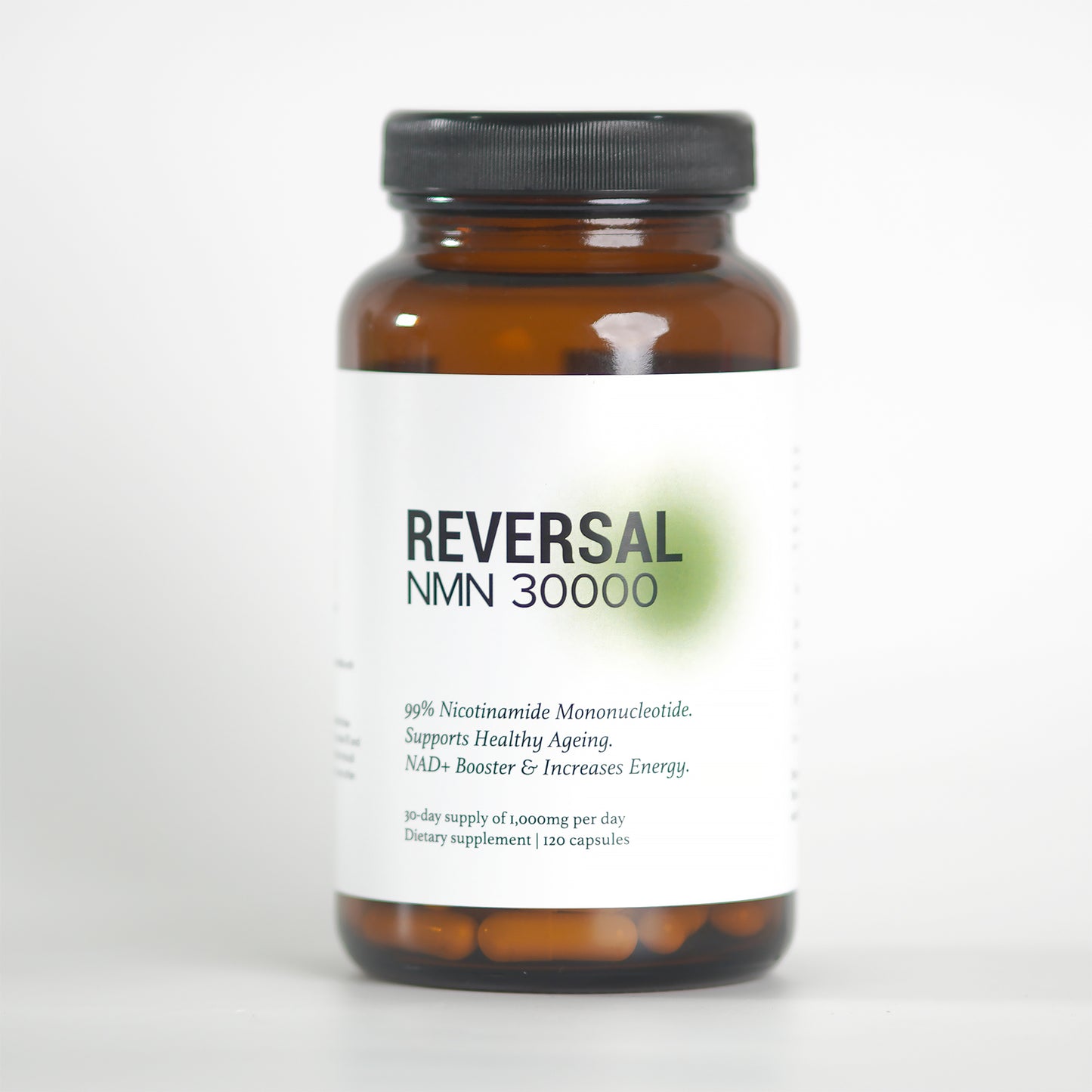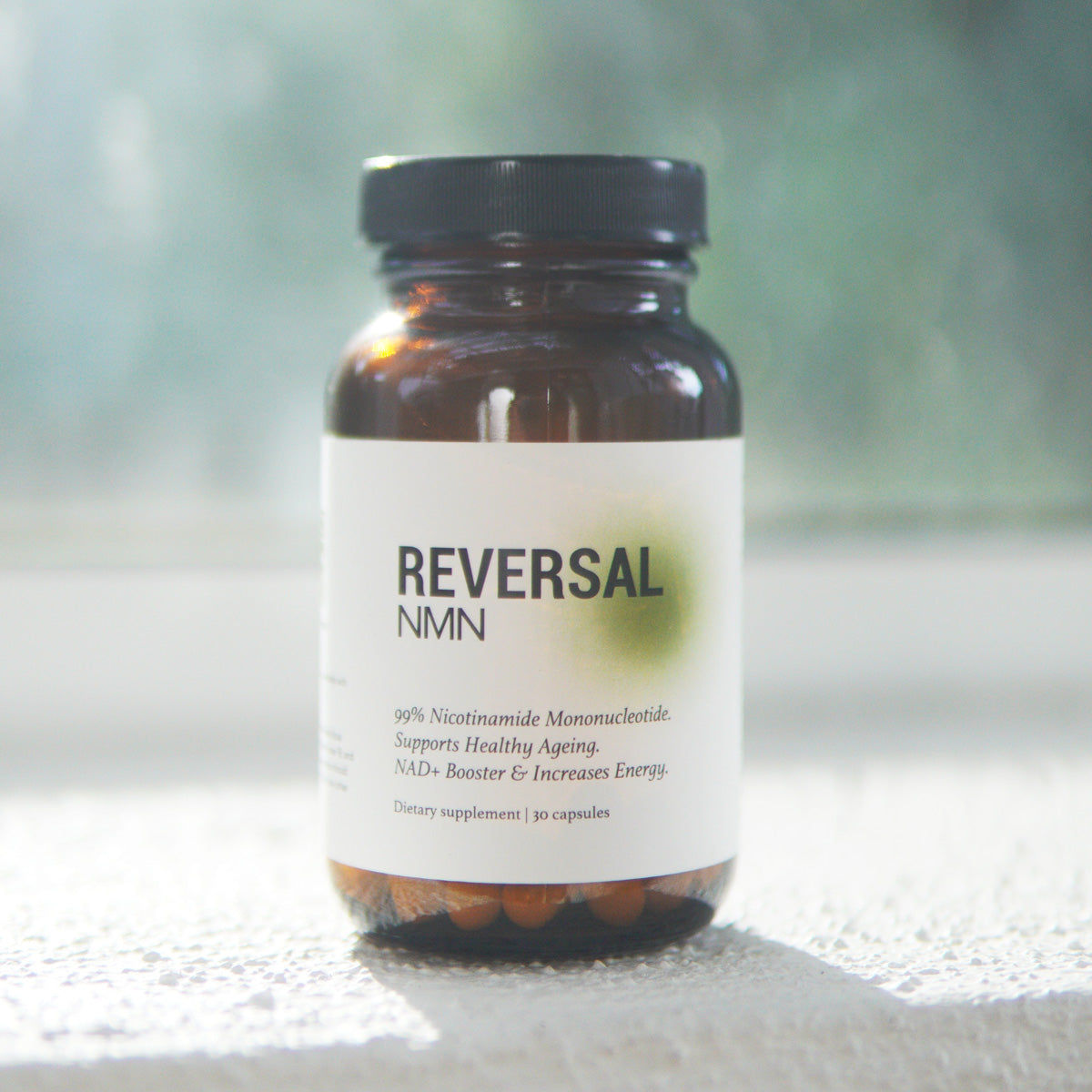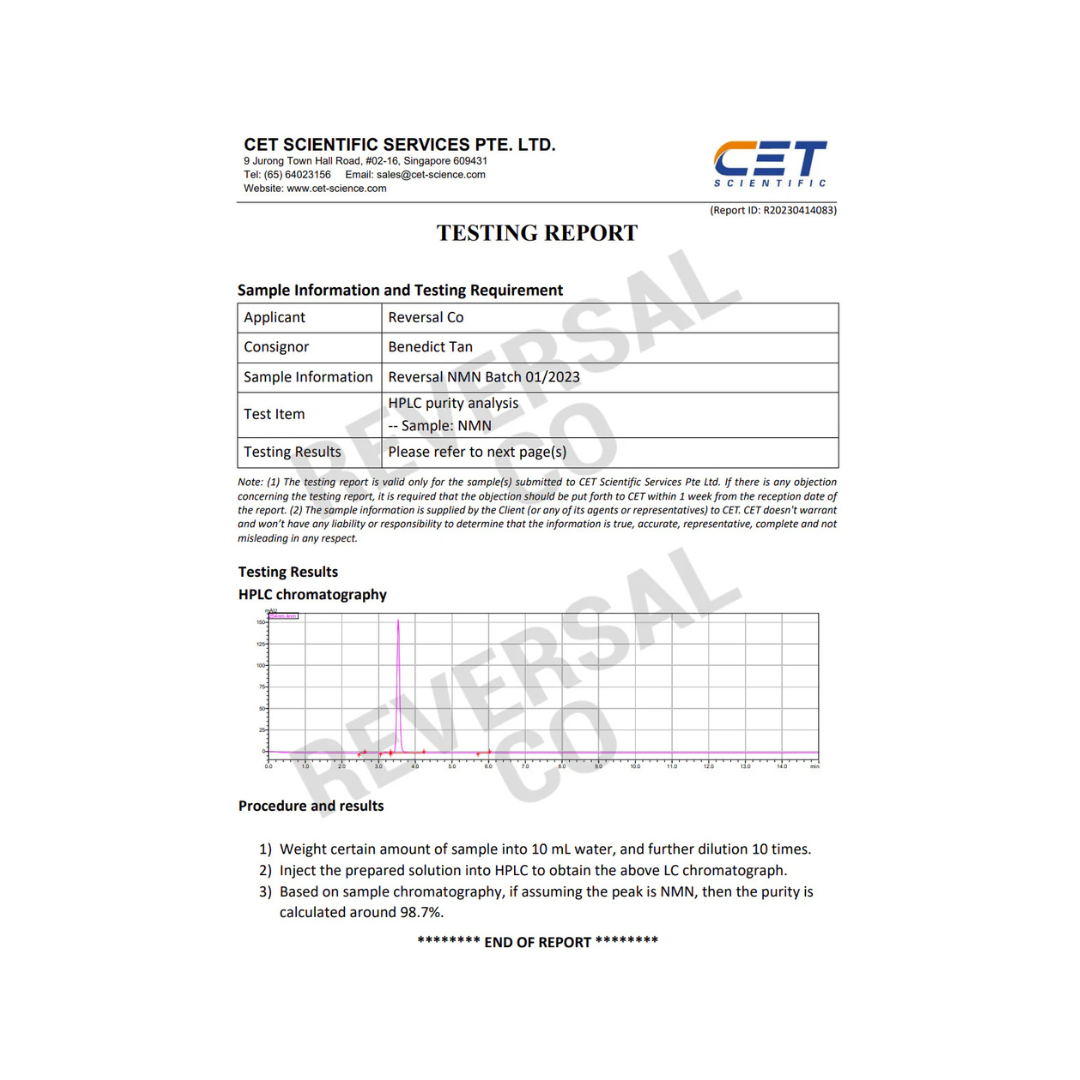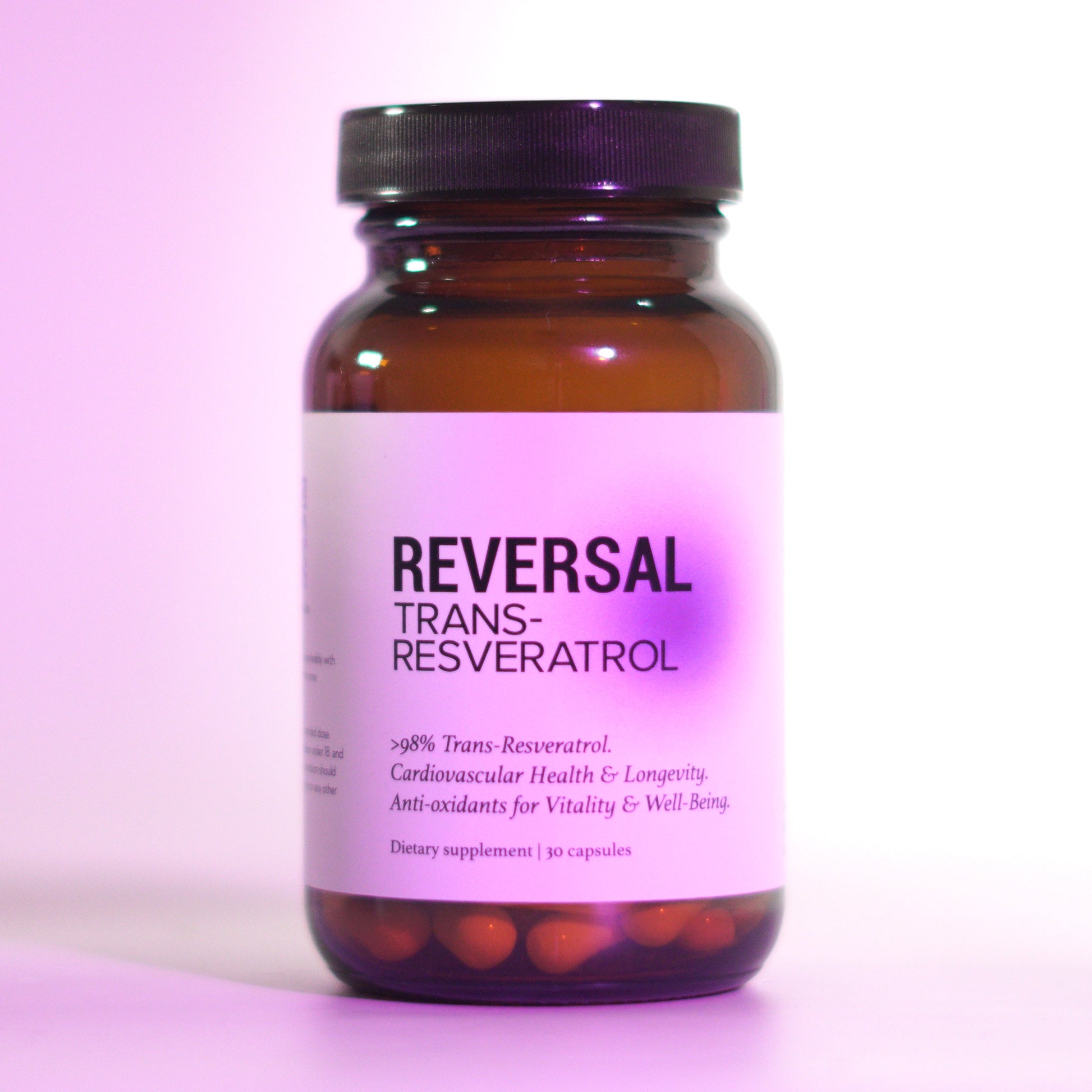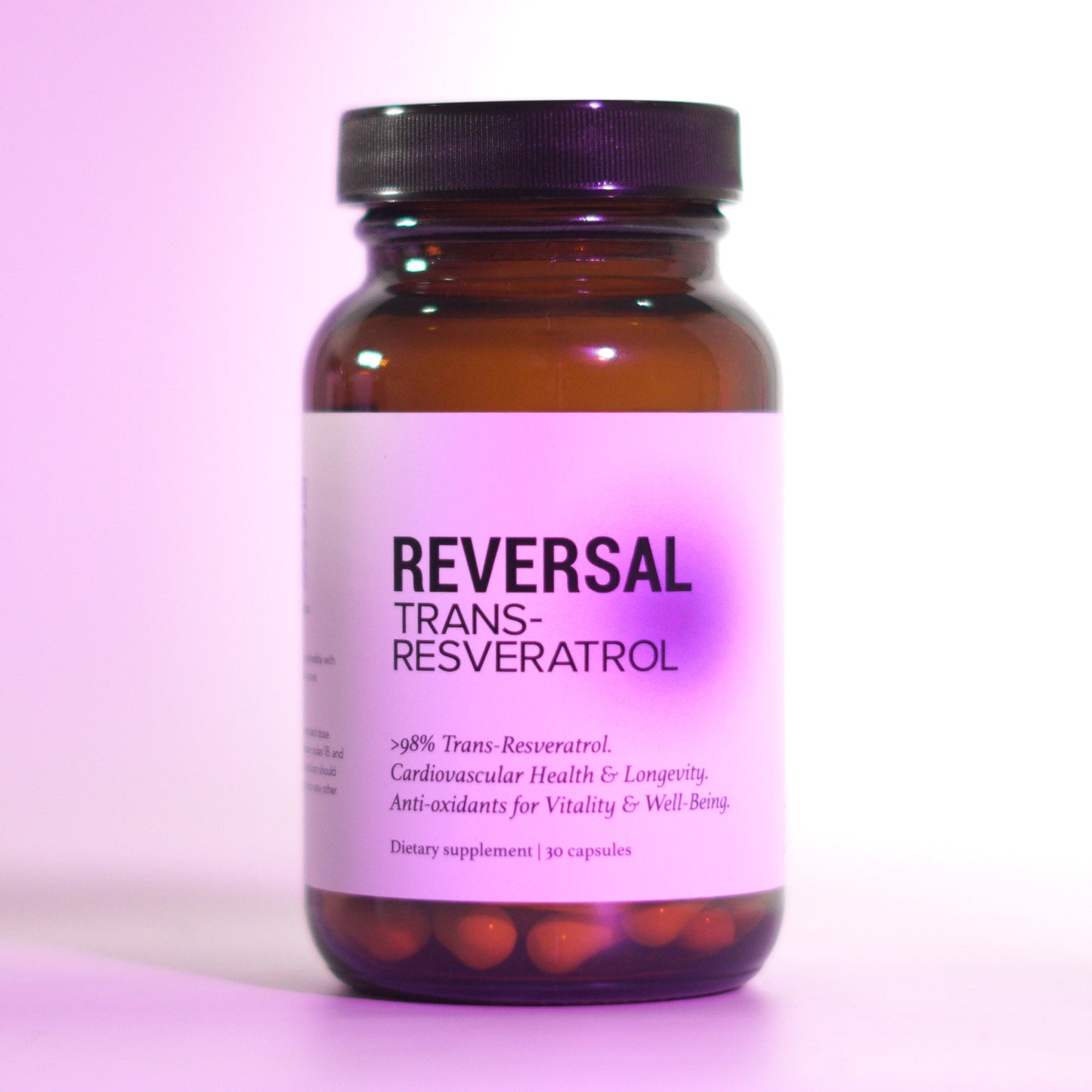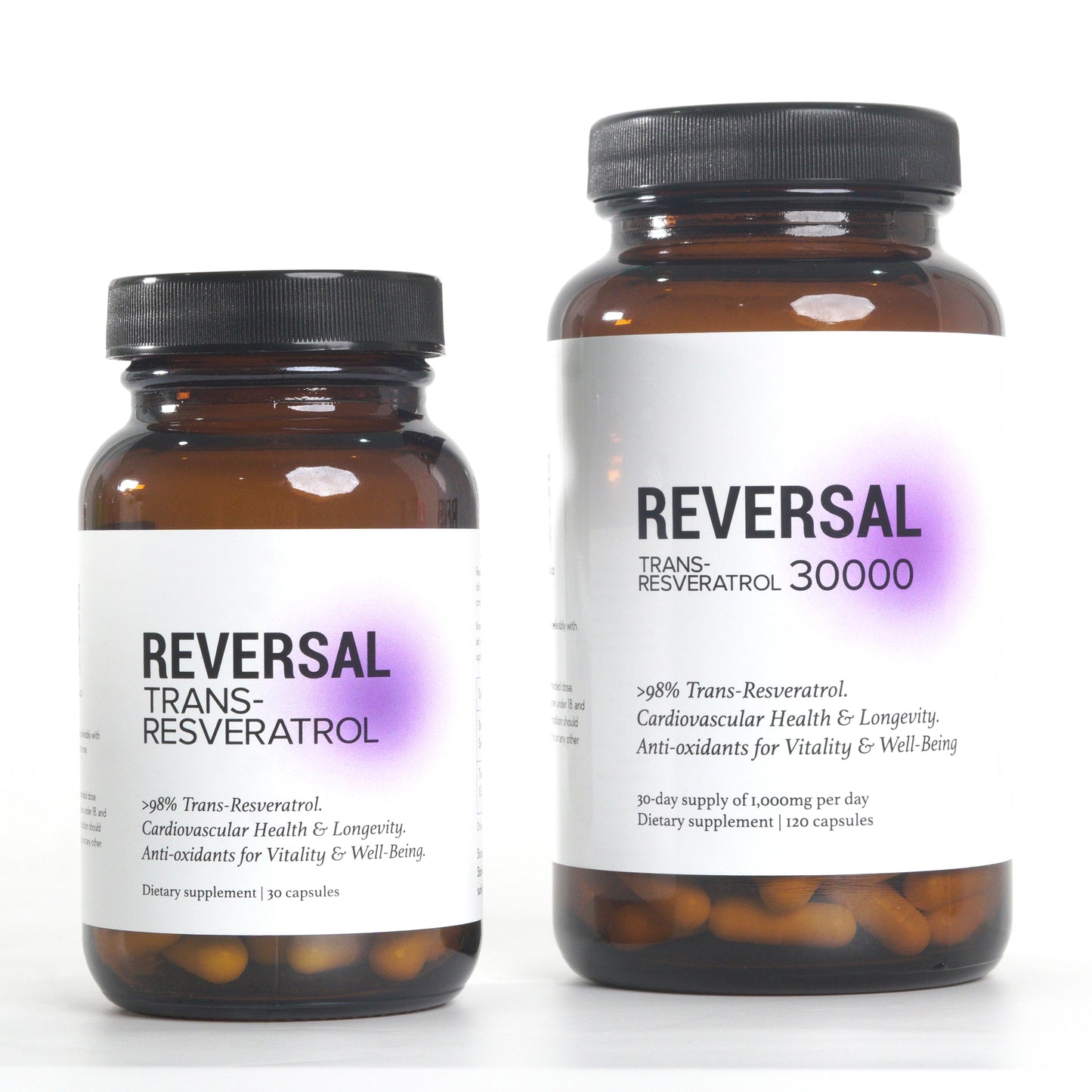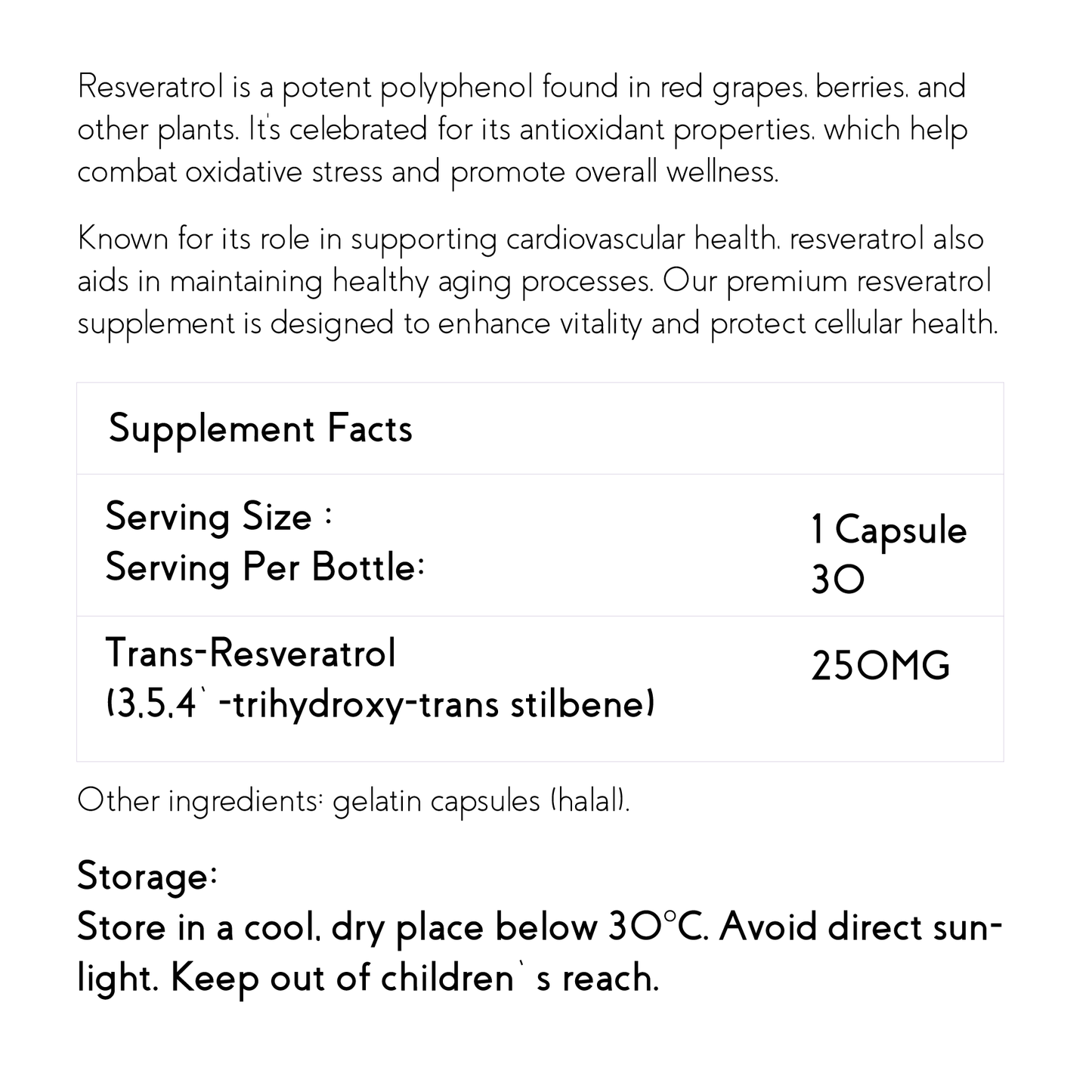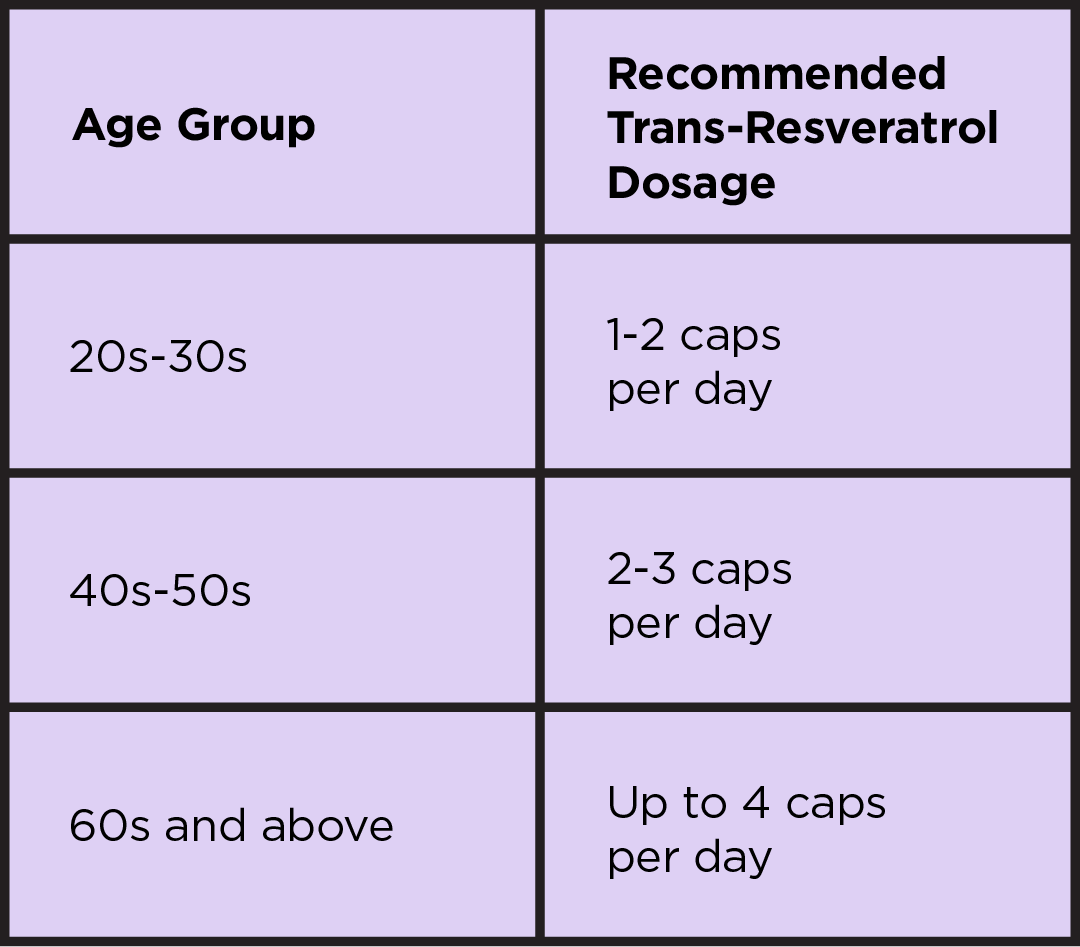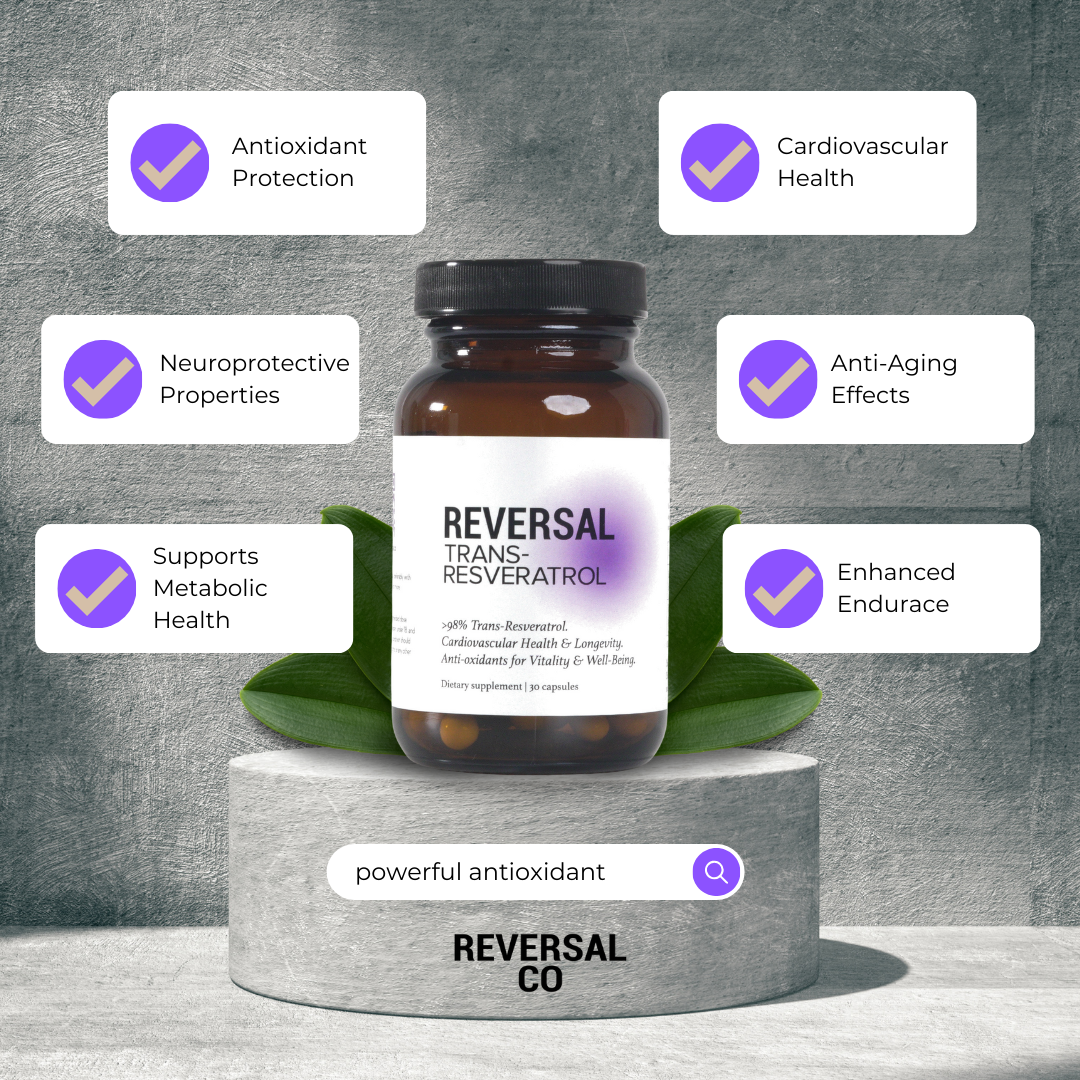In the realm of longevity, two supplements reign supreme: NMN (Nicotinamide Mononucleotide) and sulforaphane. Both gain traction daily, but their popularity stakes far from establish them as equals. In what follows, we delve into these two fascinating compounds, exploring their similarities, differences, and the science that underscores them.
NMN
NMN, a naturally occurring compound found in trace amounts in foods such as broccoli and avocado, was catapulted into the limelight after a landmark 2013 study initiated by Dr. David Sinclair of Harvard Medical School made significant findings [^1^]. It showed that mice supplied with an NMN supplement had improved muscle function, liver function, bone density, eye function, insulin sensitivity, immune function, and even their DNA age reversed by 20 years compared to the control group [^2^].
This study suggested that NMN could counteract symptoms of aging by boosting the body's NAD+ levels, a coenzyme involved in many cellular functions like circadian rhythms, DNA repair, and energy metabolism [^3^]. As we age, our bodies' natural NAD+ levels decline, hence the value in supplementing with NMN to potentially enhance health and longevity [^4^].
Sulforaphane
On the other side, we have sulforaphane, a natural compound found in cruciferous vegetables like broccoli, Brussels sprouts, and cabbage. While less widely known than NMN, sulforaphane is no less remarkable. Its efficacy, like NMN's, is backed by multiple scientific studies.
A 2018 study published by Dr. Jed Fahey at Johns Hopkins School of Medicine [^5^] supported earlier findings about sulforaphane's anti-inflammatory and antioxidant properties [^6^]. These properties enable sulforaphane to fight oxidative stress and inflammation in the body, processes connected with many age-related diseases and general aging.
Notably, sulforaphane also stimulates the body's natural detoxification systems. A prospective clinical study from China observed that individuals who consumed a beverage high in sulforaphane for 12 weeks experienced a significant increase in the rate at which their bodies eliminated airborne pollutants [^7^].
Comparison
So, how do NMN and sulforaphane line up? Are they competitors or collaborators in the quest for lifespan extension? Despite their striking differences, there is an underlying harmony underscoring these compounds.
NMN primarily works via the NAD+ pathway to aid in cellular function and recovery [^3^]. Its strength lies in recharging our cells and combating multiple diseases linked to aging. Sulforaphane operates differently. Its power seems to lie in optimizing our natural defense mechanisms. It fights against inflammation and oxidative stress, key contributors to aging and age-related diseases [^5^].
This implies that while both compounds work toward the same end-better health and potential longevity-they achieve this via different mechanisms, which means stacking them could be beneficial. Like a well-conducted symphony, NMN and sulforaphane seem to harmonize well, even heading toward an encore.
Of course, individuals should always be careful when initiating new supplement regimens, and it is prudent to consult with a healthcare professional before taking NMN, sulforaphane, or any other dietary supplement, as individual effects can vary.
The conversation around NMN and sulforaphane is ever-evolving, much like our understanding of aging itself. The emerging consensus, fortified by cutting-edge scientific research, suggests a compelling narrative: NMN and sulforaphane, though different, work correspondingly, fortifying our body's defenses against aging.
While science continues its relentless pursuit of the fountain of youth, anyone interested in longevity and healthspan can take comfort in the scrupulous and relentless examination of agents like NMN and sulforaphane. Hopefully, the tune these two "maestros" of longevity are playing is just the overture in a much longer, healthier, and more harmonic life symphony.


